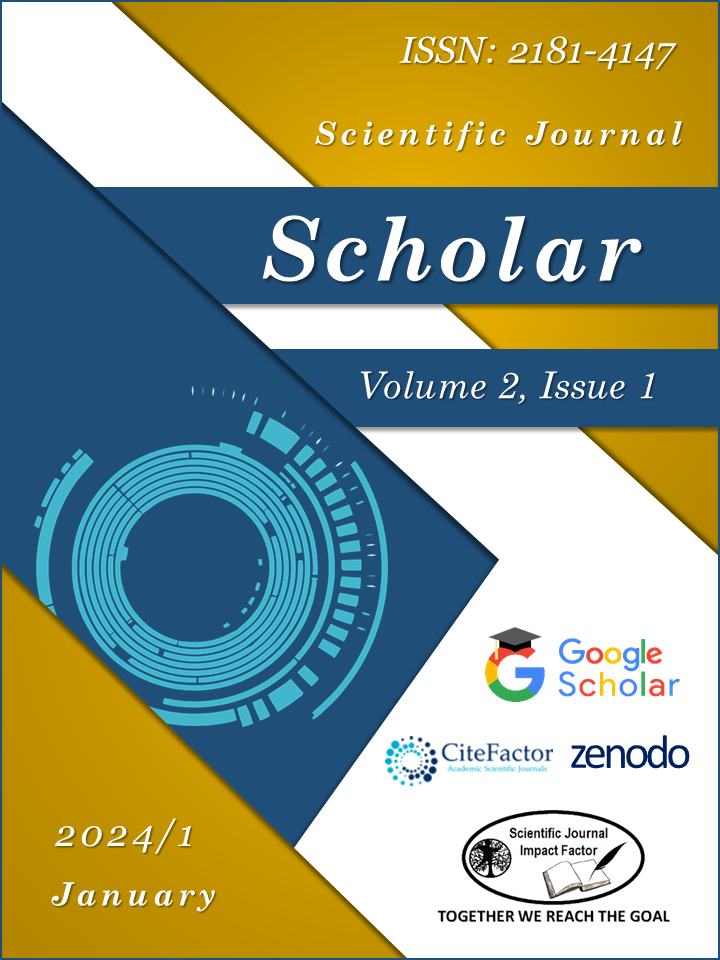ACUTE AND CHRONIC RHINOSINUSITIS
Keywords:
Chronic Rhinosinusitis, Pathophysiology and Treatment.Abstract
Acute sinusitis (ARS) and chronic rhinosinusitis (CRS) is a common condition worldwide. CRS is due to the infection and inflammation of paranasal sinuses. Frequent clinical manifestations of ARS include persistent symptoms with nasal discharge or cough or both, presentation with fever accompanies purulent nasal discharge, and worsening symptoms. Complications of CRS have five stages, preseptal cellulitis, orbital cellulitis, subperiosteal abscess, orbital abscess and cavernous sinus septic thrombosis. Most acute sinusitis generally of viral origin, e,g. rhinoviruses, corona viruses, and influenza viruses. Bacterial pathogen include Streptococcus pneumonia, Haemophilus influenza and Moraxella catarrhalis. Bacteria found in biofilms have their antibiotic resistant increased up to 1000 times when compared to bacteria free living of same species.
References
Anon JB ”Upper respiratory infections” Am J Med.2010;123(4 Suppl).
Roberts CA.A bioarcheological study of maxillary sinusitis. Am J Phys Anthropol. 2007;133:792-807.
Kelly Headache and sinus disease. An historical survey. OtolaryngolOtol. 1946;61:542-57.
Christine Radojicic.”Sinusitis”.Disease Management Project.Cleveland Clinic.2012.
Pearlman AN,Cloney DB.”Review of current guidelines related to the diagnosis and treatment of rhinosinusitis:Curr Opin Otolaryn Otol & Head NeckSurg. 2008; 16(3):226-30.
Rosenfield RM,Andes D,Bhattacharyya N,et al.”Clinical practice guideline: adult sinusitis”Otolaryn Head Neck Surg.J Am Acad Otolaryn Head Neck Surg. 2007; 137(3Suppl):SI-31.
Leung RS,Katial R.”The diagnosis and management of acute and chronic sinusitis”.Primary Care.2007;35(1):11-24.
Harrison’s Manual of Medicine 16/e
Talbot GH, Kennedy DW,Scheld WM,et al.Rigid nasal endoscopy versus sinus punctureaspiration for microbiologic documentation of acute bacterial maxillary sinusitis.Clin Infect Dis.2001;33:1668-75.
Consumer Reports;American Academy of Allergy,Asthma,and Immunology.”Treating sinusitis:Don’t rush to antibiotics.(http://consumerhealthchoices.org/wp-content/ uploads/”2012/04.
Fokkens W,Lund V,Mullol J.”European Position Paper on Rhinosinusitis and Nasal Polyps.Rhino Suppl.2007;16 (20:1-136).
Drettner B.Pathophysiology of paranasal sinuses with clinical implications.Clin Otolaryngol Allied Sci.1980;5:277-284.
Aust R,Falck B,Svanholm H.Studies of the gas exchange and pressure in the maxillary sinuses in normal and infected humans.Rhinology.1979; 17:245-51.
Gwaltney JM Jr,Hendley J0,Phillips CD,et al.Nose blowing propels nasal fluid into the paranasal sinuses.Clin Infect Dis.2000; 30:387-91.
Demuri GP,Ellen R Wald.Sinusitis.In Mandell,Douglas and Bennett’s Principles andPractice of Infectious Diseases,7th ed.Mandell GL,Bennett JE,Dolin R (editors), Churchill Livingstone Elsevier.2010.
Carson JL, Collier AM, Hu SS. Acquired ciliary defects in nasal epithelium of children with acute viral upper respiratory infections’ Engl J Med.1985;312:463-68.
Downloads
Published
How to Cite
Issue
Section
License

This work is licensed under a Creative Commons Attribution-NonCommercial-NoDerivatives 4.0 International License.

